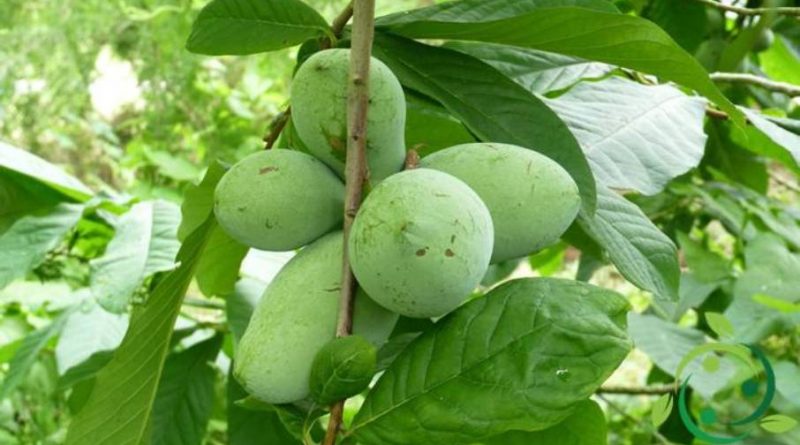How to cultivate Asimina
How to cultivate Asimina
Asimina (Asimina triloba) (L.), or commonly called the northern banana tree, is a small fruit tree with origins in the eastern United States where it is also known as pawpaw or paw paw. Asimina, in addition to being cultivated as fruit trees, is also appreciated for its ornamental appearance; it is a bushy deciduous plant with flowering in spring and hermaphrodite flowers, although many varieties show dicogamy (with maturation of the female organs late compared to the maturation of the male ones). Pollination is predominantly anemochor and not all the cultivars are self-fertile; for this it will be necessary to evaluate before the plant the number of plants and the best cultivar; furthermore, in this sheet we see how to cultivate Asimina and useful measures.
The plant can be cultivated for its edible fruit, similar to that of avocado and weighing between 70 and 250 grams and with scalar ripening. To implant the Asimina triloba it is advisable to do it during the autumn period, by means of offshoots or cuttings, these last put to root in the winter period (for the grafting we recommend the splitted one). If you choose to start from seed it is advisable to carry it in a caisson kept, since the autumn period, at a temperature of 5 ° C; the seeds (which need 30-45 days to germinate) must be placed under a layer of wet sand for a period of 90 days. It is a plant that can also be grown in large pots. As for the winter temperatures it is quite resistant (it can tolerate even more than -15 ° C) while for the type of soil we recommend medium-textured mixtures with acidic pH, sub-acid or neutral, where there are no water stagnations and with good equipment of organic substance. The plant should be planted in very sunny areas, otherwise we will get poor fruit production, and avoid coastal areas (with brackish winds) and with hot summers. For its cultivation in areas of southern Italy it is necessary to verify if the plant has a period of cold (vernalization) of at least 400 hours. For the plant we recommend a sixth of 3 meters between plants and 3.5 m between rows (placing a brace for each plant of 150-200 cm). It is good to prepare the soil well before the plant, with an organic fertilization in the late winter period to be mixed with the first preparation process. You can also do the plant by digging holes (60 cm deep), to which the organic substance will be placed (mature manure is always recommended), with a quantity of about 40-50 kg every 10 square meters of land. For the irrigation of Asimina triloba it must be done (especially in young plants) from the period of vegetative recovery in April until the complete ripening of the fruits in the month of September. For the fertilization of a few plants, about 1.0 – 1.5 kg of ash from the burning of other plant essences not treated by any synthetic product can be added to the organic substance. For a plant with greater extensions we recommend, in addition to the manure, ashes integration as much as possible, sovesci with legumes (especially with lupine) and periodic burial of weeds.
For pruning it is advisable to constantly remove the basal suckers, by planting the plant at a height of 80-100 cm (with elimination in winter of the branches under the scaffolding.) The real pruning begins then from the 5th year onwards, with the cuts of thinning especially of the internal part.To drive the branches can be used of the “Y” wood rods or stakes used as spacers.When the plant is older you can stimulate new vegetation with return cuts on the branches. it is carried out from August to the whole of September, remembering that the fruit should be consumed in a few days (3-4) The most interesting thing of Asimina triloba which is very resistant to fungal parasitic attacks, insects or mites.

